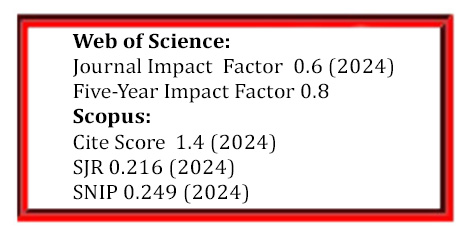Cavitation Damage Morphology of the Centrifugally Cast Heat-resistant Alloy – HP40 Nb
DOI:
https://doi.org/10.5755/j02.ms.37307Keywords:
austenitic stainless steel, cavitation resistant, microstructure, austenitic matrix, carbide phasesAbstract
In this work, the morphology of the cavitation damage to centrifugally cast austenitic stainless alloys of the HP type was investigated. All specimens subjected to cavitation underwent detailed morphological analyses using light microscopy (LM) and scanning electron microscopy (SEM). The phase composition and lattice parameter verification were further analyzed by energy-dispersive x-ray spectroscopy (EDS) and x-ray diffraction spectroscopy (XRD). The mechanical properties of the material were evaluated by using tensile test, impact test, and macro and micro hardness measurements. The initial results indicate that the material microstructure consists of an austenitic matrix, accompanied by a continuous network of primary eutectic carbides. These carbides come in two types: one with a high concentration of Nb (visible as bright particles) and the other rich in Cr (seen as dark particles). The carbides are of the MC type, where M represents Nb, and of the complex M7C3 type, where M stands for Cr, Ni, and Fe. Carbides located within the inter-dendritic boundaries exhibit either lamellar or skeleton-like structures. The cavitation resistance of the centrifugally cast heat-resistant alloy – HP40 Nb, is primarily influenced by the morphology of the carbides and the mechanical characteristics of the austenitic matrix.
Downloads
Published
Issue
Section
License
The copyrights for articles in this journal are retained by the author(s), with first publication rights granted to the journal. By virtue of their appearance in this open-access journal, articles are free to use with proper attribution in educational and other non-commercial settings.



